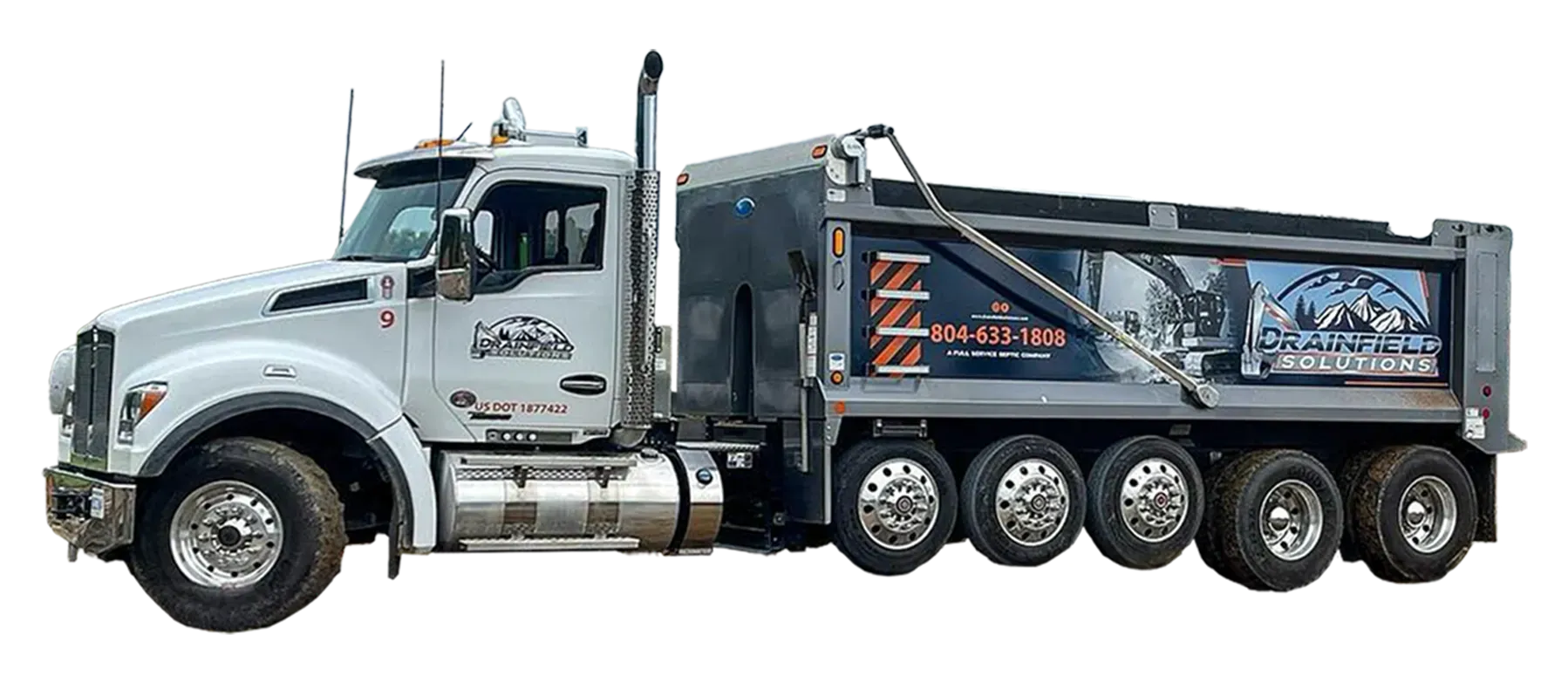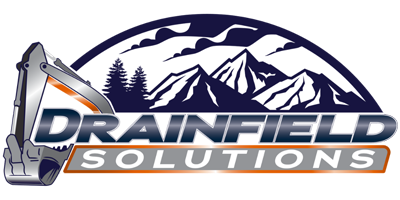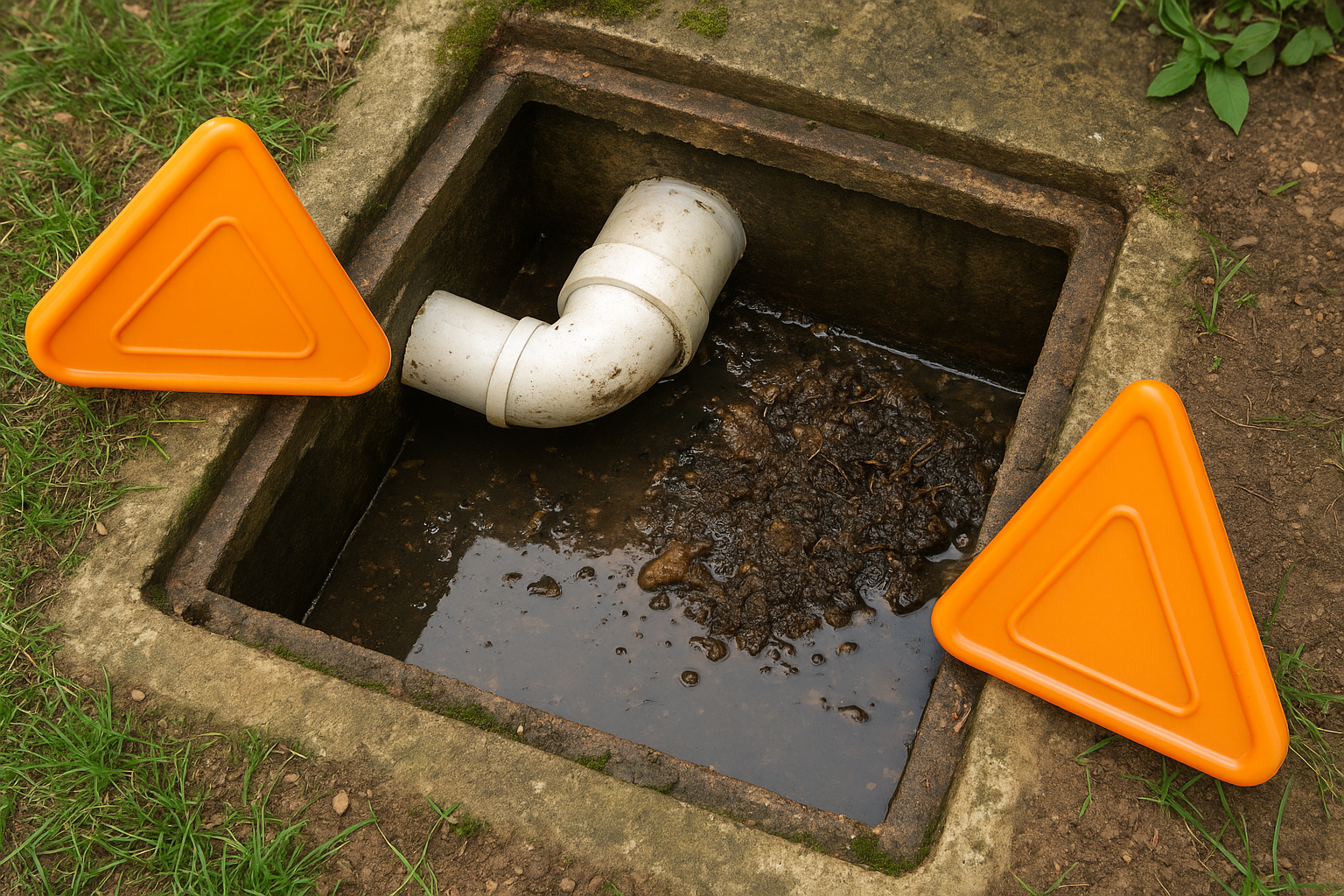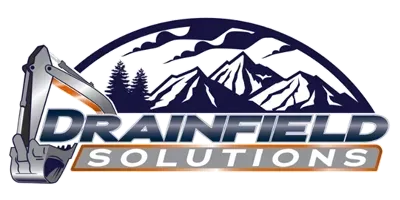
Discover 8 Proven Strategies to Overcome Common Septic Problems
March 18, 2025
Septic systems are an essential component of homes and businesses that aren’t connected to municipal sewer systems. They manage wastewater efficiently, protect the environment, and ensure sanitation. However, like any system, septic systems are prone to problems if not properly maintained. From clogged pipes to drainfield failures, these issues can range from inconvenient to downright disastrous.
In this blog, we’ll explore 8 of the most common septic system problems and their solutions, helping you understand how to address these issues effectively. And if you’re in Central Virginia and need professional assistance, Drainfield Solutions is here to help. Call us at 804-633-1808 or visit our services page to learn more about our septic services.
1. Clogged Drains
One of the most frequent septic system problems is clogged drains. This happens when grease, soap scum, hair, or non-biodegradable items accumulate in the pipes leading to your septic tank, restricting water flow. Signs of clogged drains include slow drainage, gurgling sounds in your plumbing, or unpleasant odors near sinks and toilets.
Solution:
For minor clogs, a plunger or drain snake can sometimes resolve the issue. However, avoid using chemical drain cleaners as they can harm your septic system’s bacteria. If the clog persists, contact a professional to inspect your system and perform necessary septic maintenance, like septic tank pumping, to clear out debris.
2. Septic Tank Overflow
A septic tank overflow occurs when the septic tank exceeds its capacity, causing wastewater to back up into your home or yard. This is often due to neglecting regular septic tank pumping or excessive water usage overwhelming the system.
Solution:
If you suspect an overflow, stop using water fixtures immediately and call a septic professional. They will perform septic tank pumping and inspect for underlying issues such as blockages or leaks. To prevent future overflows, schedule regular septic tank pumping every 3–5 years based on your household size and water usage.
3. Tree Root Infiltration
Tree roots are a hidden enemy of septic systems. Over time, roots can grow into pipes or even the tank itself, causing cracks, blockages, or leaks in your system. This is especially common in older systems with aging infrastructure.
Solution:
If tree roots are infiltrating your system, a professional may need to remove them and repair damaged components like pipes or the tank itself. To prevent this issue in the future, avoid planting trees or shrubs near your drainfield or septic tank.
4. Leaking Septic Tank
A leaking septic tank can result from cracks caused by age, shifting soil, or improper installation. Leaks allow untreated wastewater to seep into the surrounding soil, posing environmental hazards and health risks.
Solution:
Leaks require immediate attention from a professional who can assess the damage and recommend repairs or replacement if necessary. In some cases, installing a new septic tank may be more cost-effective than repairing an old one. Proper installation by experts like those at Drainfield Solutions ensures long-term reliability and compliance with local regulations.
5. Drainfield Failure
The drainfield is where effluent from your septic tank is filtered through soil before reentering the environment. When it fails—due to clogs, oversaturation from excessive water use, or compacted soil—wastewater may pool on the surface or back up into your home.
Solution:
Drainfield failure often requires professional intervention to repair or replace damaged components. Regular drainfield and septic inspections and maintenance can help identify early warning signs of failure before they escalate into major problems.
6. Slow Drains Throughout Your Home
If all drains in your home are slow at once (sinks, showers, toilets), it could indicate a blockage in the main pipe leading from your house to the septic tank—or even within the septic tank itself.
Solution:
Start by checking individual drains for minor clogs caused by hair or debris buildup. If slow drainage persists across multiple fixtures, contact a professional for a comprehensive septic inspection.
7. Foul Odors Indoors or Outdoors
Persistent foul odors are often a sign of underlying septic system problems such as leaks, blockages, or insufficient venting.
Solution:
Inspect for visible leaks around your septic tank or drainfield and ensure proper venting is in place. Professionals may recommend installing odor-neutralizing products or carbon filters if venting alone doesn’t resolve the issue.
8. High Cost of Repairs Due to Neglect
One of the most preventable issues with septic systems is costly repairs resulting from neglecting routine maintenance like septic tank pumping and septic inspections.
Solution:
Invest in regular septic maintenance services performed by professionals like those at Drainfield Solutions to keep your system functioning efficiently while avoiding expensive repairs down the road.
Proactive Steps for Preventing Septic System Problems
While understanding common problems is important, prevention is always better than cure when it comes to maintaining a healthy septic system.
- Schedule Regular Septic Tank Pumping: Routine septic tank pumping every 3–5 years prevents sludge buildup that can lead to clogs and overflows.
- Monitor Water Usage: Spread out laundry loads throughout the week and install low-flow fixtures to reduce strain on your system.
- Be Mindful of What Goes Down the Drain: Avoid flushing anything other than toilet paper and human waste; grease and harsh chemicals should never enter your plumbing.
- Inspect Your System Annually: Regular septic inspections help identify potential issues early before they become costly repairs.
- Protect Your Drainfield: Keep heavy objects off the drainfield area (no parking cars!) and ensure proper landscaping with shallow-rooted plants only.
For a more detailed guide on identifying and fixing common septic system problems, check out this helpful resource from InspectAPedia’s Septic System Troubleshooting Guide.
Why Choose Drainfield Solutions in Central Virginia?
At Drainfield Solutions, we specialize in providing tailored solutions for all types of septic systems—including conventional setups as well as advanced septic systems like aerobic septic systems and alternative septic systems.
Here’s why homeowners trust us:
- Two decades of experience serving Central Virginia since 2005.
- Expertise in everything from routine maintenance to complex repairs and full-scale installations.
- Eco-friendly practices that prioritize environmental health.
- Prompt service delivered with minimal disruption to your daily life.
Whether you’re dealing with a clogged drainpipe or considering installing a new septic tank altogether, our team is here to provide reliable service you can depend on.
Contact
Drainfield Solutions today at
804-633-1808
or visit
our
contact page
to schedule an inspection or consultation. Let us help you protect your property in
Bowling Green, Ruther Glen, Fredericksburg,
Mechanicsville, Stafford, Falmouth,
Dahlgren,King George,
Mineral, Richmond, and surrounding areas, while keeping things flowing smoothly!
Share Post
Latest Posts
Ready to Take the Next Step?
Whether you're in need of a system inspection or regular maintenance, Drainfield Solutions is here to help. Get in touch today for reliable service you can trust.






